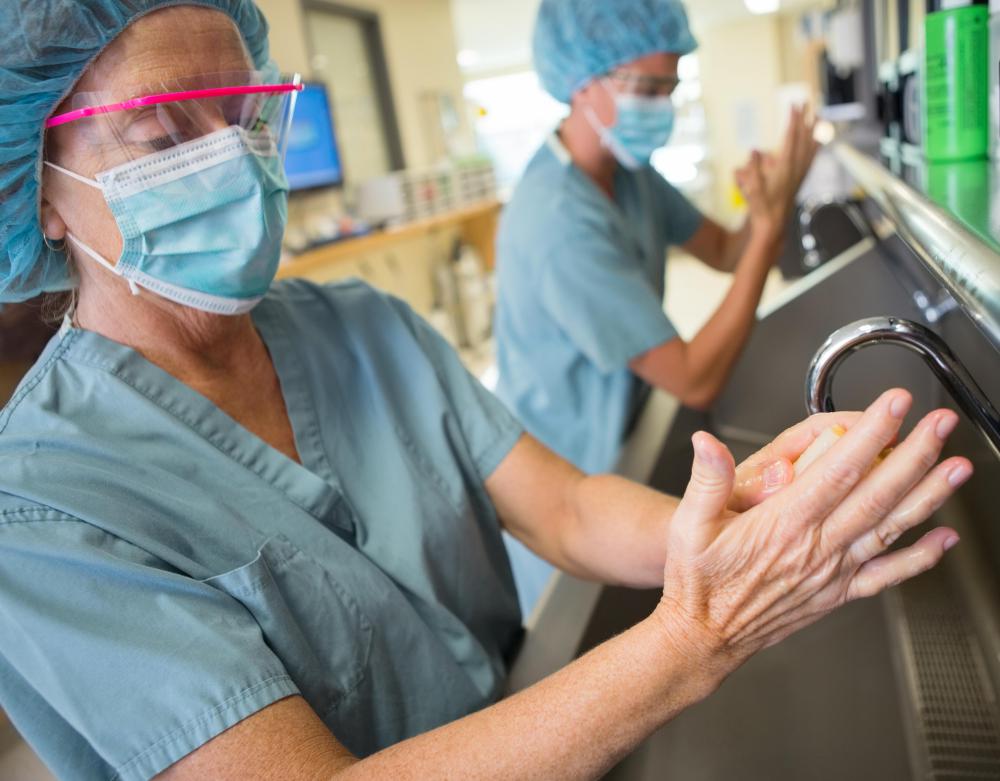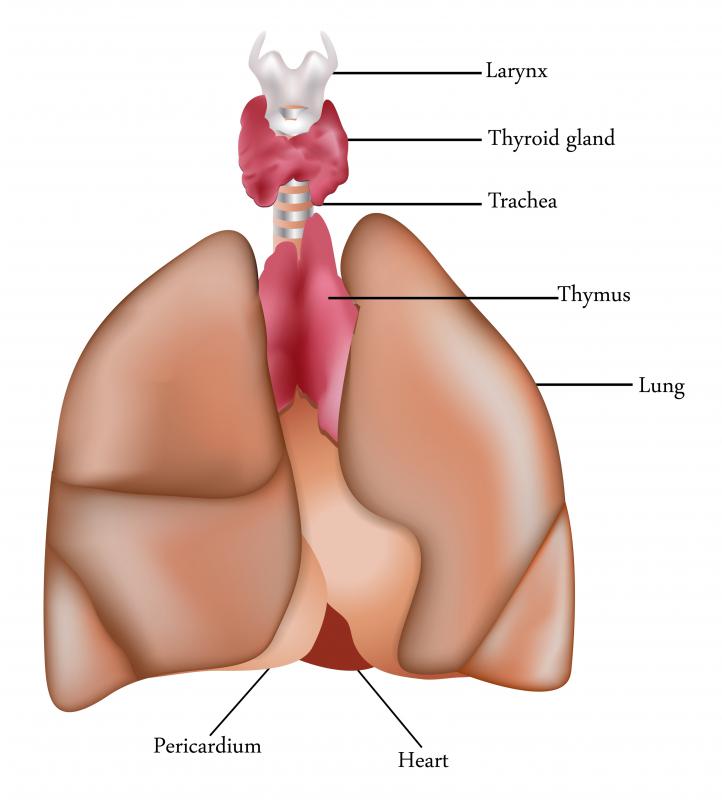At TheHealthBoard, we're committed to delivering accurate, trustworthy information. Our expert-authored content is rigorously fact-checked and sourced from credible authorities. Discover how we uphold the highest standards in providing you with reliable knowledge.
What are the Most Common Pacemaker Risks?
The most common pacemaker risks are infection at the pacemaker site, bleeding or bruising, bad reactions to anesthesia, and implantation of a faulty pacemaker. These risks are still quite low, especially in a reputable medical facility. More rare pacemaker risks include collapsed lung, a puncture of the pericardial sac, and dislodgement of the pacemaker or faulty initial placement leading to problems in the future. These complications may require surgical treatment.
A pacemaker is a small device inserted into a patient's chest to regulate the heartbeat. It includes leads connected to the heart, along with a small generator. The surgery to implant the pacemaker may be performed under general, regional, or local anesthesia, and is done by a surgeon with the assistance of a radiologist to help place the leads properly. Usually, the concerns associated with pacemaker implantation are deemed less serious than the risks of not using the pacemaker at all and the pacemaker risks are carefully evaluated on an individual basis before recommending the surgery.

Infections can occur even when control of the surgical site is very tight, as sometimes skin bacteria enters the wound or contaminants are accidentally introduced with tools. People who notice heat, tenderness, or swelling after pacemaker implantation should tell the surgeon and receive an evaluation for infection. Patients on bloodthinners in particular are at risk of some localized bruising and bleeding when a pacemaker is installed.

Adverse reactions to anesthesia are also unusual, as patients are screened carefully for any obvious risk factors, but they can happen. Likewise, patients can also experience a reaction to the tracer dye used by the radiologist to help guide the surgeon. The other common pacemaker risk, involving the implantation of a faulty device, is also relatively unusual. These devices are rigorously tested before installation to avoid situations where surgeons need to return to put in a new pacemaker.

Of the more rare pacemaker risks, punctured lungs and pericardial sacs sometimes occur if the radiologist and surgeon don't coordinate, the patient has especially friable tissue, or something goes wrong during the procedure. Likewise, poor placement of the device is unusual, but sometimes occurs, and sometimes patients dislodge the device or the leads during vigorous activity following surgery.

When a pacemaker is recommended for a patient, the surgeon should go over the pacemaker risks and the warning signs of complications so the patient can take action promptly if a problem develops. Generally, patients with pacemakers do not experience problems and can return to a normal level of physical activity after they recover from surgery.
AS FEATURED ON:
AS FEATURED ON:


















Discussion Comments
To the "normal" level of physical activity: After the healing time period, does shooting trap and skeet or repeated casting a spinning rod present a pacemaker problem?
@browncoat - There aren't very many pacemaker risks though and I really don't think many people who have had to have surgery to help their heart to keep beating are going to take any foolish risks afterwards.
Pacemaker implantation really is very safe and most of the time it's completely necessary so, while it's good to keep possible complications in mind, I think people who need one should try to relax about it.
@pastanaga - They would have given her a sedative at least to ensure she wasn't going to panic during the pacemaker surgery. Some kinds of procedure require the patient to be awake so they can be monitored and some kinds are simple and easy enough that there just isn't a good enough reason to put someone to sleep. Putting a person completely under anesthetic was probably more dangerous than the surgery itself.
It's more usually during the aftercare that the real risks happen, because that's when a patient takes the healing into their own hands and might make mistakes.
My mother had a pacemaker put in a while ago and she said the thing that was the worst about the surgery was that they didn't knock her out completely for it. They didn't want her to be able to see anything either, so initially they covered her head with a sheet that made her feel like she couldn't breathe.
Luckily there was a person assigned to make sure she was comfortable and not panicking during the actual procedure, and he helped to arrange the sheet so her face was uncovered.
She also told me that at one point it started to get painful, because they hadn't used enough anesthetic, which would absolutely terrify me. I kind of hope that her condition isn't going to turn out to be genetic to be honest. She's a lot stronger than I am.
Post your comments